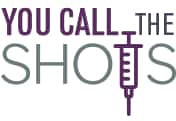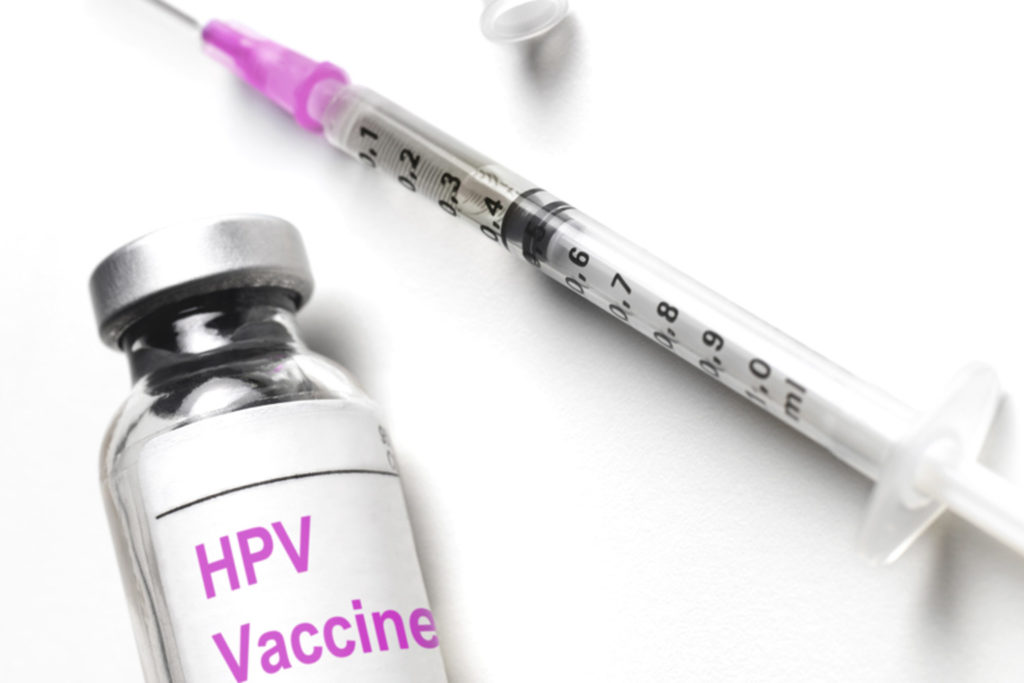"Let us never consider ourselves finished nurses... we must always be learning all of our lives."
- Florence Nightingale
A Clinical Guide to Diagnosing and Treating Lyme Disease and Other Tick-Borne IllnessesThis webinar These three entities have differing ideas and interests on some aspects, which has contributed to confusion regarding diagnosis and treatment among health care providers. This webinar aims to clarify the different approaches. The goal of this activity is to improve participants’ ability to recognize, diagnose, and treat Lyme disease and other tick-borne illnesses. 1.1 contact hours Designated for 0.2 contact hours of pharmacotherapy credit FREE |
Workplace Violence Prevention for NursesThis interactive course By completing the course, healthcare workers will be able to:
2.4 contact hours FREE |
You Call the Shots Offered by the CDC FREE | (image via Patch) The National STD Curriculum contact hours/pharmacology credits offered FREE |
Long-Term Negative Effects of Trauma This course 1.5 contact hours | Image via aabgu.org Applying CDC's Guideline for Prescribing Opioids: Module 6 - Dosing and Titration of Opioids: How Much, How Long, and How and When to Stop? This module 0.90 contact hours FREE | Antibiotic Stewardship and This activity 2.3 contact hours FREE |
An Introduction to The goal of this course 1.0 contact hour FREE | Clinician Self-Care: You in the Center of the Circle of Health The purpose of this knowledge-based educational web course 1.0 contact hour FREE | Do Ask, Do Tell: 5 Awkward Minutes to Better Patient Care Clinically appropriate care includes assessment of sexual health as indicated with all patients, and attention to health disparities experienced by LGB people. This video 1.0 contact hour FREE |









